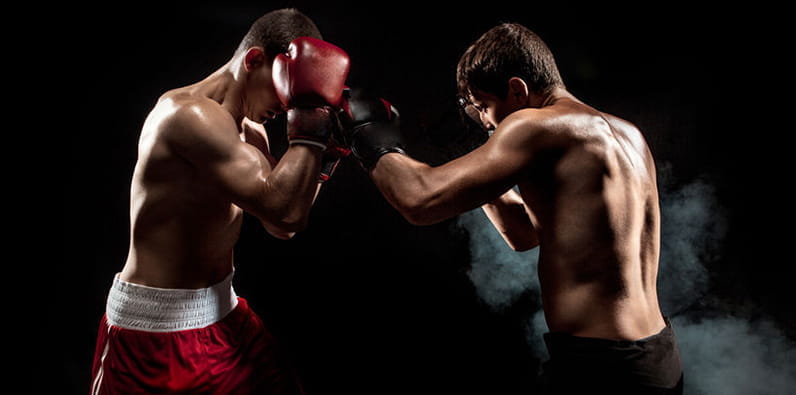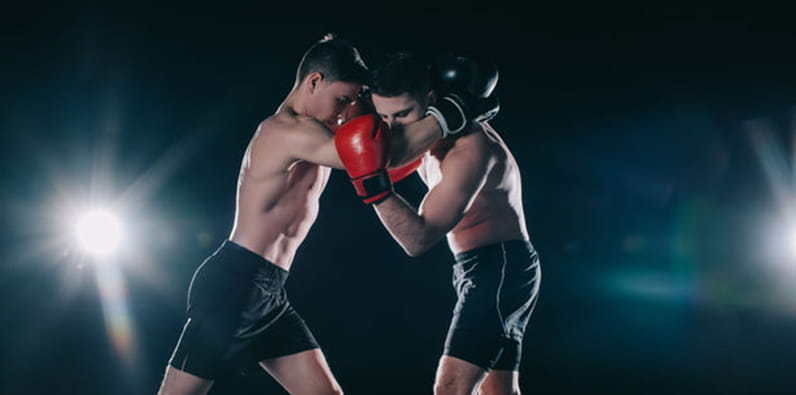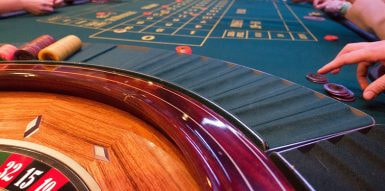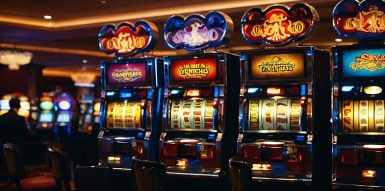Why Do Boxers Hug? A Complete Clinching Guide in Boxing
If you've ever watched a boxing match, you've likely wondered, "Why do boxers hug?" It's a common sight, two fighters locked in what appears to be an embrace. But don't be fooled, this is no affectionate gesture. Join us as we delve into the intricacies of the boxing clinch and all its tactical advantages.
Every sport has its unique set of tactics that can dramatically influence the outcome of a match. In boxing, quick thinking and fast reactions are crucial. Just like precise footwork and powerful punches, clinching can be a game-changer when executed properly.
But why do boxers hug? What are the rules surrounding this tactic? In this section, we’ll answer these questions, shedding light on why boxers clinch during a fight and how it impacts the dynamic between the two fighters.
How to Tie Up Your Opponent
Boxing is a fiercely competitive game where only one can emerge victorious. To achieve this, boxers master various tactics, including a range of punches. One such tactic that often baffles the audience is the clinch.
Clinching disrupts the flow of the match. When clinching by the rules, you place your arms over your opponent’s arms. Wrapping your arm around the waist is considered ‘holding’ by the referee and is not allowed.
Here’s a breakdown of the steps involved in a proper clinching manoeuvre:
- Keep your guard high and your elbows close, crucial for any defensive technique.
- Approach your opponent with confidence, disrupting their offensive rhythm.
- Quickly hook both of your opponent’s arms just above the elbows.
- Pull them in closely, making their offensive strategy greatly ineffective.
- Maintain the close range by leaning in.
- Keep your opponent’s lead leg between yours, balancing their movement.
- Wait for the referee breaks to reset and prepare for the next exchange.
The element of surprise is crucial when you aim to clinch effectively. Swiftly pull your opponent close, rest your forehead on their shoulder, and lean in with your weight. This tactic makes it difficult for them to throw punches.
What Else is Vital in a Clinch
Clinching is not just about tying up your opponent; it’s also a crucial component for conserving energy and recalibrating your strategy. When you’re in a clinch, it’s a perfect time to catch your breath and focus on your breathing.
As you lean in, apply consistent pressure with your head against your opponent’s collarbone. This minimises the gap between your head and their shoulder, reducing the risk of accidental injuries.
Executing the clinch properly can be a game-changer, whether used as a strategic move or a last resort. Those betting on sports, particularly boxing, would know well that it can influence the outcome of a fight.
That’s one of the key reasons why boxers hug in the ring. Still, avoiding repetitive clinching is essential as it makes your offensive and defensive moves predictable, and predictability is seldom a good thing in a boxing ring.
So, whether you’re a boxer looking to improve your game or just a fan , knowing how to clinch effectively is vital. It’s not just about disrupting your opponent’s offensive rhythm, it’s also about making your own strategy more effective.
When and Why Boxers Hug?
The timing and reasoning behind a clinch are as important as the technique itself. It’s a moment when a boxer can disrupt their opponent’s momentum, land a few punches, and even conserve energy.
While these punches may not earn points from the judges, they can certainly affect your opponent’s performance. Here are some additional insights into this tactical move and how to employ it effectively.
Boxers resort to clinching when they need to break the flow of the fight. It’s a defensive move that can quickly turn into an offensive opportunity. For instance, Floyd Mayweather Jr was known for counterattacking after a clinch.
Clinching is common among taller fighters who want to neutralise the reach advantage of shorter opponents. Pulling the opponent close makes it difficult for the other fighter to land a good punch.
The Clinch as a Tactic
The clinch is not just a defensive technique; it’s a full-fledged tactic that can be employed against aggressive boxers to slow down their offensive momentum. Many fighters find themselves frustrated when caught in a clinch, leading to fewer effective punches.
The primary aim of clinching is to disrupt your opponent’s offensive rhythm. This often leaves fighters in a state of inactivity. It’s a tactic that can turn the tide in a fight, especially when used at the right moment.
Clinching effectively can neutralise powerful punches and even halt an opponent’s attack altogether. Executing a clinch just as your opponent starts to build their combination forces them to adapt. It’s a move that requires timing and skill.
Disrupt Your Opponent’s Rhythm
One of the most effective uses of the clinch is to disrupt your opponent’s rhythm, especially if they rely on a specific flow of moves. Consistent clinching can render their attack largely ineffective, forcing them back into a state of inactivity.
To clinch effectively, it’s important to use the tactic in different situations—whether in the corner, by the ropes, or in the middle of the boxing ring. The key is to avoid being predictable with your clinching actions.
So, the next time you see two fighters locked in a clinch, remember it’s not just a pause in the action. It’s a calculated move designed to disrupt the opponent’s rhythm and reset the dynamics of the fight.
To Clinch for Survival
Sometimes a fighter is pushed to the brink of exhaustion, making the clinch a last resort for survival. Whether you’ve taken too many shots to the head or are simply fatigued, clinching can offer a short break.

A boxing hug can be a true saving grace during relentless attacks. Clinching is a move that is included in every boxer’s training regimen, equipping them with the skills to use it and to defend against it.
Clinch to Avoid Attack
The clinch is useful against aggressive boxers, especially those who excel both in close range and from a distance. Initiating a clinch before your opponent starts their combination can effectively neutralise their offensive strategy.
So, mastering the clinch is a must for every boxer. Not only does it offer a defensive respite, but it can also turn the tables on an aggressive opponent. This makes it a versatile and effective strategy in the boxing ring.
How to Safely Exit
It’s important to know how to safely exit a clinch without leaving yourself vulnerable to a counterattack. The goal is to create enough distance while you disengage from the hug, preventing the opponent from throwing punches.
To do that, boxers free their hands swiftly and use a strong nudge to the chest to push the opponent away. They can also employ a strategic move to spin out of the clinch.
Knowing how to exit and avoid a clinch is a crucial component of every boxing strategy. It allows players to reset their offensive rhythm, putting them back in control of the fight.
FAQ
As we are near the end of our article, let us leave you with our short FAQ section about “Why boxers hug each other during a match?”. We hope our answers will provide extra information on the popular clinching strategy.



